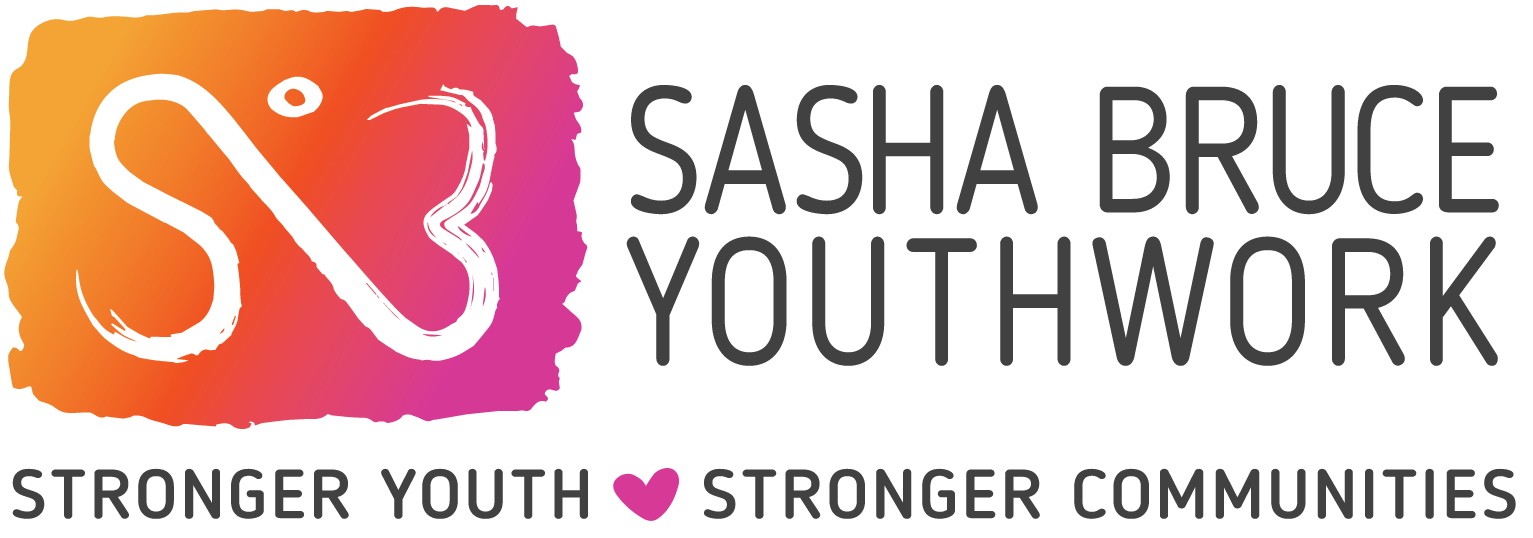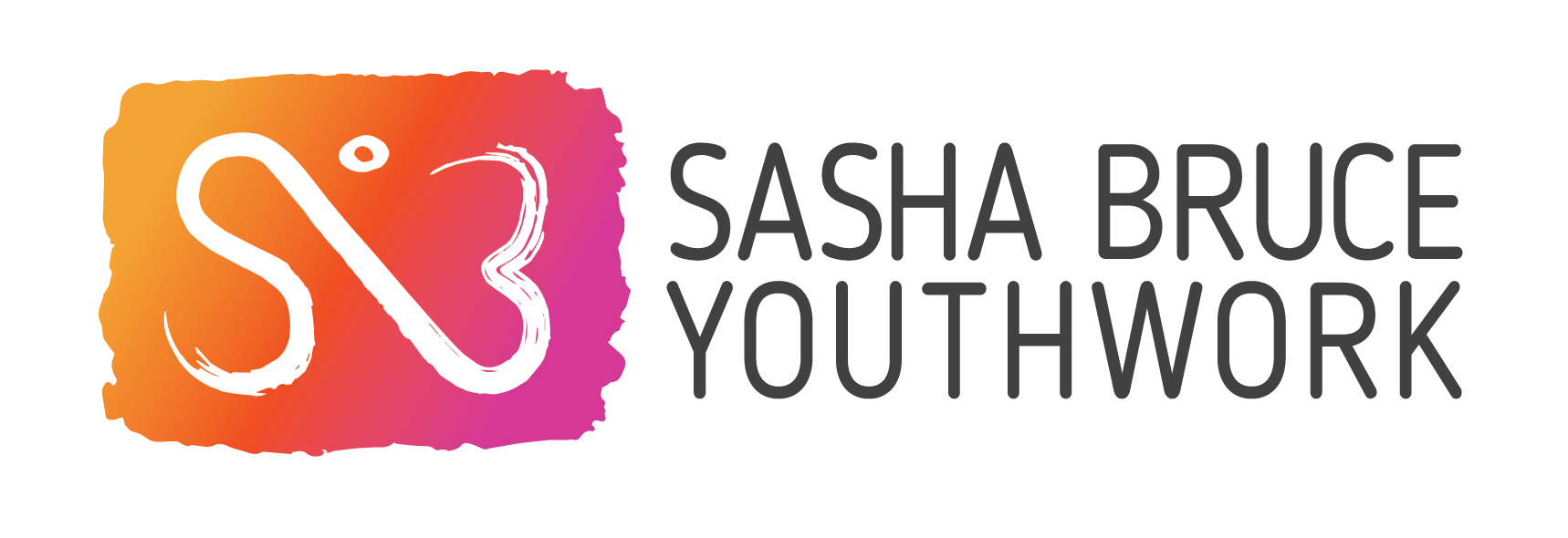Get Curious, Not Furious: The Power of Curiosity in Client Work
Several months ago, I was conducting a job interview with Destiny Johnson, our Parenting Success Specialist at Grace House, and she shared a piece of wisdom that has stayed with me ever since. She said that when she’s working with a young person who challenges her patience, she always tells herself, “Get curious, not furious.” That simple yet profound phrase struck a chord, and it’s one of the reasons we hired Destiny. Her words often pop into my mind when I’m navigating the ups and downs of working with youth.
The Power of Curiosity
Working at Sasha Bruce, we sometimes encounter young people who challenge our patience, our skills, and even our sense of purpose. While many youth readily accept our help and make tremendous progress, others are more challenging. These are the youth who don’t follow program rules, who may disrespect staff, skip school, or resist the support we work so hard to provide. It can be frustrating and disheartening to watch them struggle to get on track. In these moments of frustration, there is a powerful tool we can use: curiosity.
Starting with Self-Reflection
Curiosity begins with self-awareness. If you’re feeling frustrated by a client, ask yourself:
- What am I feeling in this moment? Anger? Disappointment? Helplessness?
- Why might this behavior trigger me? What does this evoke in me?
- What assumptions am I making about this young person?
You are human and your reactions are valid. By acknowledging your feelings without judgment, you can begin to understand them and move beyond them. This internal work lays the foundation for empathy and curiosity about the young person’s experience.
Exploring the Meaning Behind Behavior
Once you’ve created space for your own emotions, you can turn your curiosity outward. Behavior is a form of communication. Ask yourself:
- What need might this young person be expressing?
- What are they trying to feel or avoid feeling?
- How can I expand my frame to see the bigger picture of their life and experiences?
For example, a youth who skips school might be avoiding feelings of inadequacy or shame about their academic struggles. A youth who disrespects staff might be testing whether adults in their life will abandon them, as others have in the past. A youth who refuses to engage in the program might be expressing how angry they feel about having to be here in the first place. By seeking to understand the “why” behind the behavior, we move closer to the heart of their struggles and open up opportunities for meaningful connection.
Cultivating an Open and Curious Posture
This simple exercise of curiosity—beginning with yourself and expanding to young people—can transform your approach. It helps you:
- Reduce frustration: Understanding the reasons behind behavior reduces the likelihood of personalizing it.
- Avoid burnout: Curiosity fosters empathy, which can sustain your energy and commitment.
- Increase effectiveness: Youth are more likely to respond positively to staff who seek to understand rather than judge them.
When you approach youth with genuine interest and empathy, you show them that they are valued and seen—even in their most difficult moments.
A Challenge to Our Team
In 2025, make time for curiosity. Whether it’s five quiet minutes at the end of the day, a reflective journal entry, or in supervision with your manager, take the opportunity to explore your reactions and the possible meanings behind youth behavior. By doing so, you’ll not only strengthen your own resilience but also create a more supportive and effective environment for the young people we serve. Remember: get curious, not furious. Let’s commit to staying curious together.


